As everyone who likes jewellery knows, many materials used to make jewellery have a similar appearance, especially platinum and silver, which have the same colour but different materials. For most people, it’s hard to tell which is platinum and which is silver. So how do you tell the difference between silver and platinum? Let’s learn how to distinguish between platinum and silver.
Checking jewellery labels
Step①: According to international conventions, precious metals are rare metals and have a particular monetary value. Therefore, all countries will strictly control them, and on the metal engraved in the logo is one of the control methods . If the jewellery has a clasp design, the precious metal logo may be behind the clasp. Some jewellery has a little precious metal tag hanging from the end, which may also be on a lovely metal tag. In addition, you can carefully examine the most significant part of the jewellery. If your jewellery doesn’t have any logo on it, it probably isn’t a precious metal.
Step②: Look for the logo of silver jewellery. Some precious metal coins and jewellery carry a “999” mark, indicating that silver made up the precious metal. Jewellery labelled with the number “925” and the letter “S” behind or on the front means standard silver.92.5% sterling silver and another metal made up of the standard silver. For example, the logo “S925” indicates that the jewellery is a standard silver. Pure white silver jewellery is rare because it is soft and easily damaged.
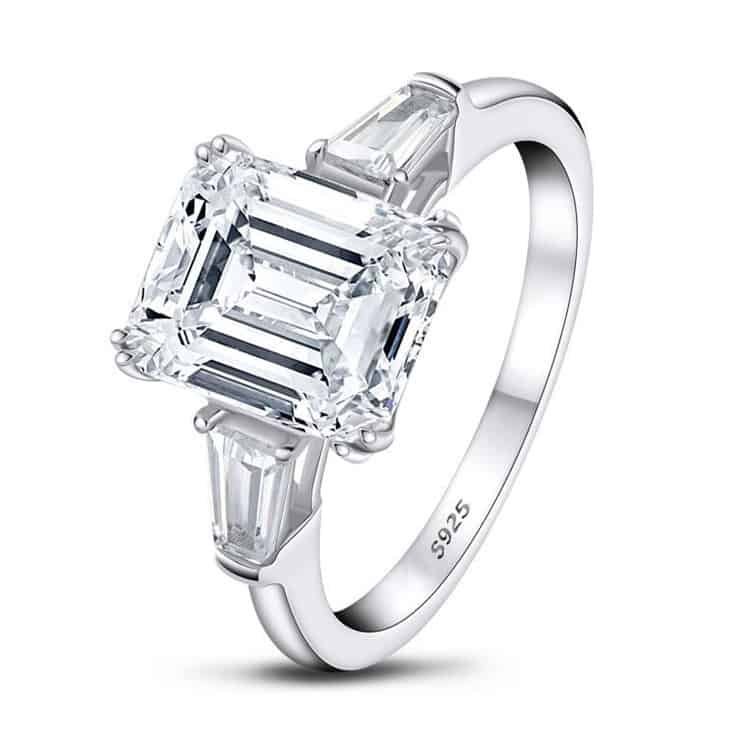
Step③: Look for the symbol of the precious metal platinum. Platinum is a rare and expensive metal. As a result, all platinum jewellery engraved with precious metals labels that indicate authenticity. Look for the numbers “950” or “999” followed or preceded by the words “Platinum,” “PLAT,” or “PT.” The Arabic numerals refer to the purity of platinum, with 999 being the highest. Platinum jewellery, for example, might have the precious metal logo ‘PLAT999’.
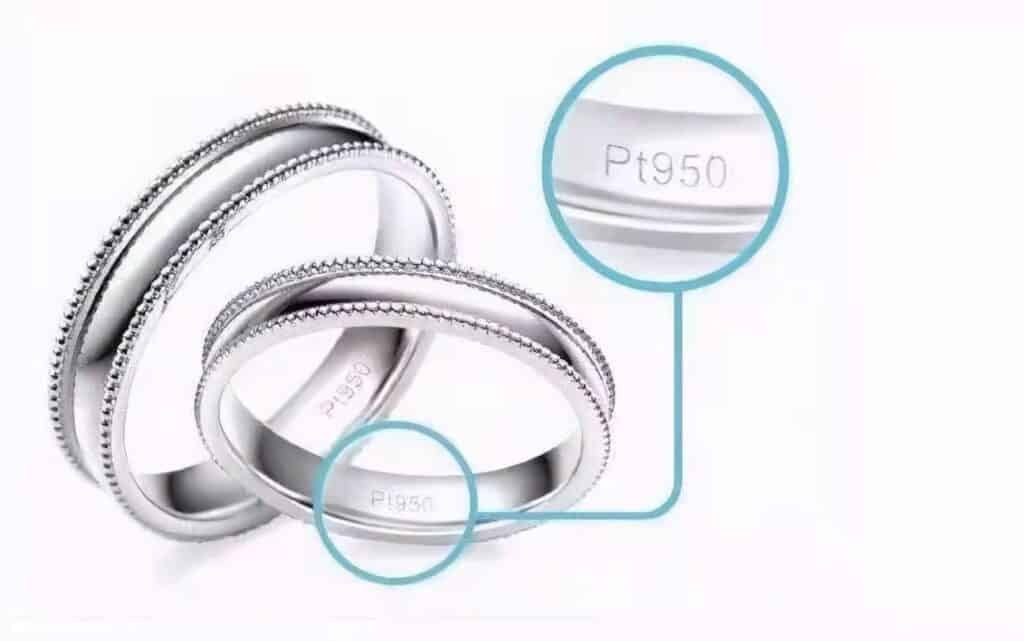
Step④: Use magnets to absorb precious metal jewellery. Most precious metals do not contain magnetism. If you invest next to a piece of metal jewellery, it should not have any reaction. If your platinum jewellery reacts to magnets, don’t panic. Pure platinum is a soft metal that is not usually made directly into jewellery, so it is generally made into an alloy to strengthen it. Cobalt is a relatively hard metal and is well suited to be made into alloys with platinum. Cobalt is slightly magnetic, so that platinum jewellery may react to magnets. Platinum-cobalt alloys are usually marked PLAT, PT950, PT950 / CO. Copper, the alloy most commonly used to strengthen standard silver, is not magnetic. If a magnet can attract ordinary silver jewellery labelled 925, it is helpful that a professional jewellery expert helps you verify its authenticity.
Hydrogen peroxide detection of precious metal jewellery
Step①: Soak the jewellery in hydrogen peroxide. First, fill a glass bowl or cup with hydrogen peroxide. Then, put the jewellery inside. The liquid has to complete the jewellery. If not, add more hydrogen peroxide. You can buy hydrogen peroxide at most drugstores or grocery stores.
Step②: Wait for the chemical reaction to occur. The precious metal platinum is a strong catalyst for hydrogen peroxide. If the precious metal is pure platinum, the hydrogen peroxide will immediately start bubbling white. Silver is a weaker catalyst. If you don’t see bubbles immediately, leave the metal in the liquid for about a minute while watching for tiny bubbles to form around the jewellery. Note: Hydrogen peroxide will not corrode or damage your jewellery.
Give precious metal jewellery a good rinse. Rinse jewellery in cold water to remove hydrogen peroxide. Block the sink or use a sieve when cleaning to keep precious metal jewellery from falling down the drain. Please wait for the jewellery to dry completely before wearing it.
Hydrogen peroxide
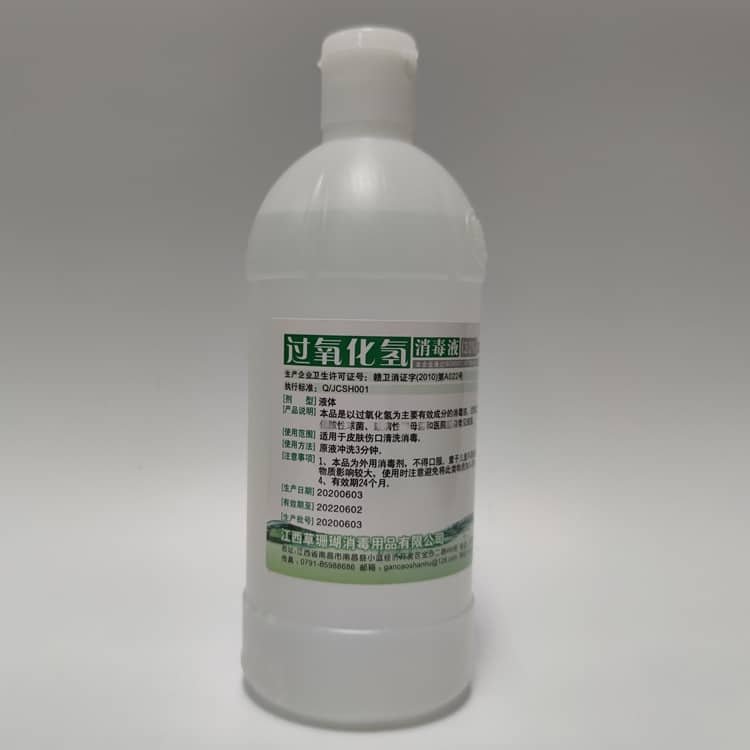
Use an acid test kit
Step①:If the jewellery is difficult to verify that it is a precious metal, you can test the jewellery with an acid test. If you can’t find any identifiable marks on your jewellery and can’t pinpoint its origin, you can try an acid test kit to find out what it’s made. You can buy acid test kits online or from jewellery stores. The kit usually contains a stone and bottles of acid. Buy kits that test for silver and platinum. The label on the bottle will indicate which metal they are used to test. If the kit doesn’t come with gloves, buy your own because you could burn your hands in the event of careless handling.
Step②:
- Use a grindstone to rub the jewellery.
- Lay the black SLATE on a flat surface.
- Rub the piece of jewellery gently back and forth on the stone to create the shape of a line.
- Draw 2-3 lines on the rock, or as many as you need to do several tests.
For example, if you’re testing platinum, sterling silver, and gold, draw three lines. Note: Place a towel under the grindstone to prevent scratches on your desk. Rub the stone on a less visible part of the piece, as the stone is bound to scratch the work.
Step③:
- Drop acid on different metal wires.
- Choose an acid from the kit and carefully drip it onto the drawn line.
- Be careful not to mix other acids, as this may affect accuracy.
Most kits have acids specifically designed to detect silver. However, you can also identify sterling or standard silver with the same acid that tests 18-carat gold. Note: You must wear rubber gloves when using acids.
Step④:Observe the reaction of acid. The response typically takes place within a second to a minute of the acid dripping. If the wire wholly dissolved, the test failed. For example, if you put a drop of acid on a line that detects platinum, and the line dissolves, that means the piece of jewellery is not platinum. In contrast, if the line does not dissolve, it is pure platinum.
If you test silver with the same acid that tests 18-carat gold, the wire will turn milky white. It means your jewellery is sterling silver or standard silver. If you’re not sure about the results or you can test it again to make sure.
acid test kit
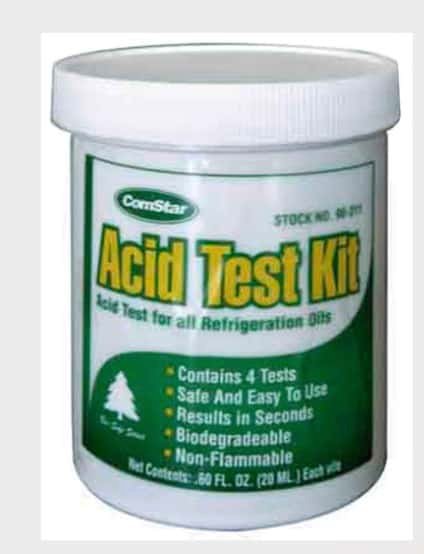
Use the test solution directly on the silver jewellery
Step① Use the test solution on a large, intricate silver ornament. This acid should never be used in finely carved jewellery because it is corrosive. If you buy an acid test kit, test the solution with silver in it. You can also buy a silver test solution online or at a jewellery store.
Step② Check precious metal jewellery. Drop a small amount of silver on the metal to test the solution. Choose a hidden location for the test. For example, if you want to examine a bracelet, you can drop a little acid inside the bracelet. If you’re testing a flat, thick necklace, drop acid on the back of one section. Wear gloves to protect your hands and work on a towel to protect the table. Do not drop acid on clasps or other vital parts of the jewellery, as the acid can damage small parts.
Step③ Observe the reaction. The acid starts as a dark brown or transparent colour, then changes to a different colour. The new colour can indicate the purity of the metal. For example, if the liquid turns dark red or bright red, the metal is 99 per cent pure silver. If the liquid turns white, the metal is 92.5% silver or standard silver. If the liquid turns blue-green, the metal is copper or some other lighter metal.
Step④
- Wash the acid from the jewellery.
- Wipe away the acid with a clean piece of cloth and discard the material.
- Rinse the jewellery with cold water to remove any residual acid.
- Use a sieve or plug the sink when cleaning to prevent jewellery from falling down the drain.
Please wait for the jewellery to dry completely before wearing it.
Step⑤
Observe the reaction of acid. The response typically takes place within a second to a minute of the acid dripping. If the wire wholly dissolved, the test failed. For example, if you put a drop of acid on a line that detects platinum, and the line dissolves, that means the piece of jewellery is not platinum. In contrast, if the line does not dissolve, it is pure platinum.
If you test silver with the same acid that tests 18-carat gold, the wire will turn milky white. It means your jewellery is sterling silver or standard silver. If you’re not sure about the results or you can test it again to make sure.
Look at the color
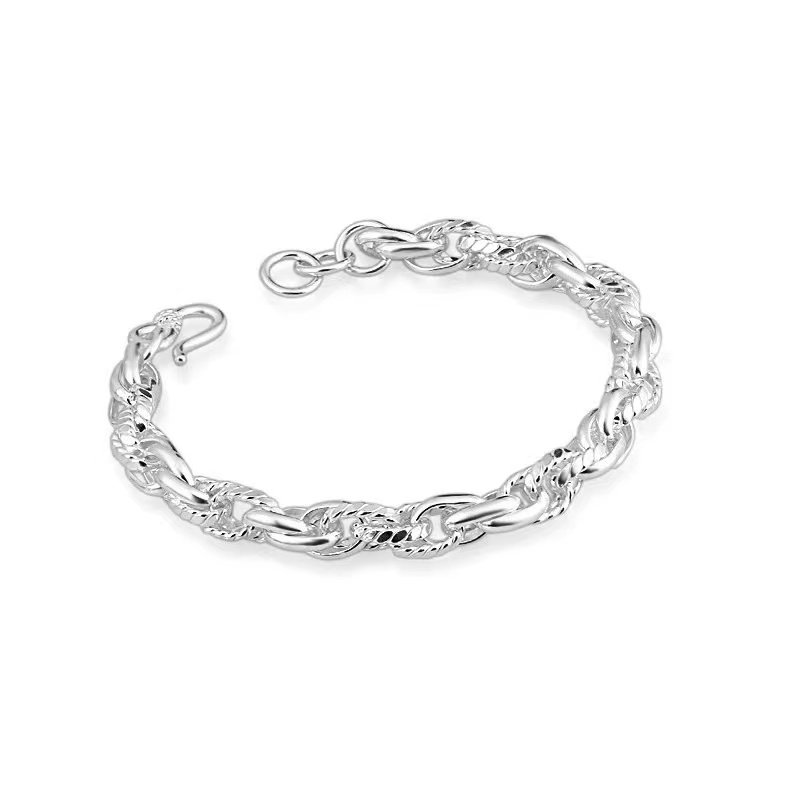
To the naked eye, platinum is grayish-white and more complex; Silver is white in color, soft in texture, and more delicate.
Weigh the portion
Generally speaking, platinum has a high density, and silver weighs only half of the platinum in the same volume case.
Use fire
The color will not change significantly after the platinum is burned and cooled. When silver is boiled and cooled, it takes on a reddish or black-red color.
Apply mercury
We can apply mercury to the jewelry; what mercury can attach is silver, but what it cannot connect is platinum.
The above are a few methods to identify silver and platinum; I do not know that everyone learned it? But in the end, it is suggested that we should find proper and credible channels to ensure the safety of our interests, no matter whether we buy platinum or silver jewellery. Next time I’ll share more practical methods.